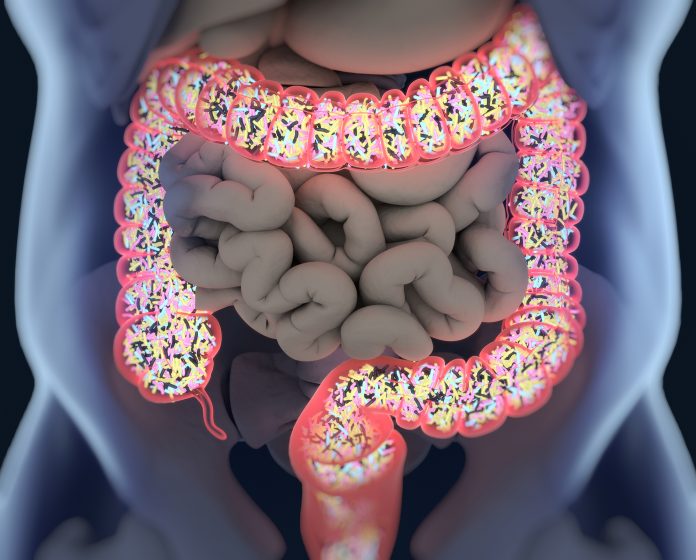
Gut bacteria can transfer genetic information into competitor microorganisms so they change allegiance and work together, research shows, in findings that suggest safeguards may be necessary when creating synthetic, microbe-based therapeutics.
The study indicates that care is needed when selecting consortia of bacteria for biotherapeutics to avoid introducing anything into or out of these strains that could have potentially negative effects.
The research showed that the acquisition of certain large, mobile genetic elements can shut down a bacteria’s defense system but give the receiving bacterium a new weapon that does not affect the donor bacterium.
The donor and recipient bacteria then become part of a communal defense system, which allows them to populate the competitive environment of the gut.
“As bacteria are used as biotherapeutics, it is expected that they will both receive and donate DNA to other organisms in the gut,” explained researcher Laurie Comstock, PhD, a microbiology professor at the University of Chicago, to Inside Precision Medicine.
“The more we know about the effects these mobile elements have on the recipient strain, the better we can predict the outcomes of such transfers.”
The research, published in Science, showed that genetic transfer can affect a weapons system carried by the Bacteroides gut bacterium called the type VI secretion system (T6SS), which pumps toxins into competing cells.
This T6SS weapons system is a nanomachine in which a pointed, toxin-loaded tube is injected into neighboring cells.
In Bacteroidales, the T6SS comes in three different versions, or genetic architectures. Genetic architecture (GA)3 is exclusive to Bacteroides fragilis and is very effective at killing other Bacteroidales species.
The other two GA1 and GA2 types are encoded by genes that are contained on large mobile genetic elements called integrative and conjugative elements (ICEs), that transfer between Bacteroidales species.
The researchers found that the addition of GA1 ICE to B. fragilis strains meant that the bacteria could not use the GA3 weapon and created “transconjugant” strains that were no longer able to kill other Bacteriodales species.
Further research revealed that a GA1 T6SS region encoding the membrane complex of the GA1 nanomachine prevented GA3 T6SS from firing.
Studies in germ-free mice revealed that the transconjugant bacteria outcompeted the wild type that contained GA3 T6SS only. Further research revealed that GA3 T6SS was not being made at all in the transconjugant bacteria and that a gene carried on the GA1 ICE encoded a transcriptional repressor.
This shut down the transcription of GA3 T6SS entirely, enabling even greater production of GA1 T6SS.
The results demonstrated that Bacteroidales strains containing the GA1 ICE are killed by the B. fragilis GA3 T6SS, but that if one of these strains can transfer their GA1 ICE into the attacking B. fragilis strain, it creates a strain that outcompetes the latter.
The new strain therefore no longer targets the donor strain and can communally defend the ecosystem from invasion by other Bacteroidales strains, thereby affecting the makeup of the gut microbial community.
“There are hundreds of mobile genetic elements that transfer amongst Bacteroidales species in the human gut, and this study shows that they can change the recipient organism in ways that could not be predicted,” said Comstock.
“In this case, disarming an antagonistic weapon while simultaneously arming it with a different weapon that does not kill the strain from which the DNA was transferred.”









